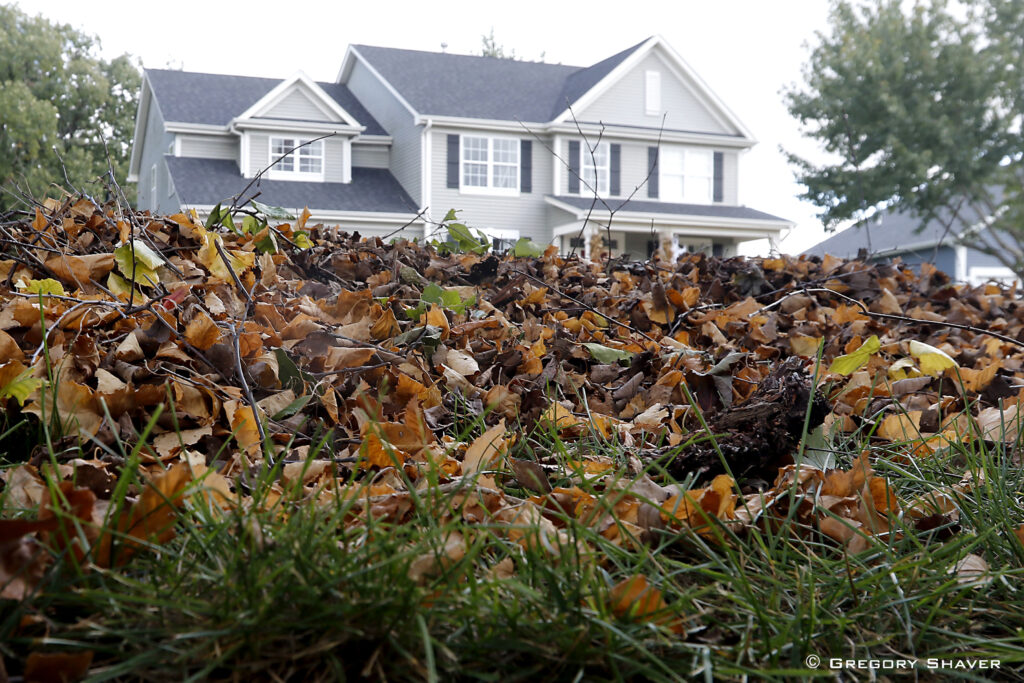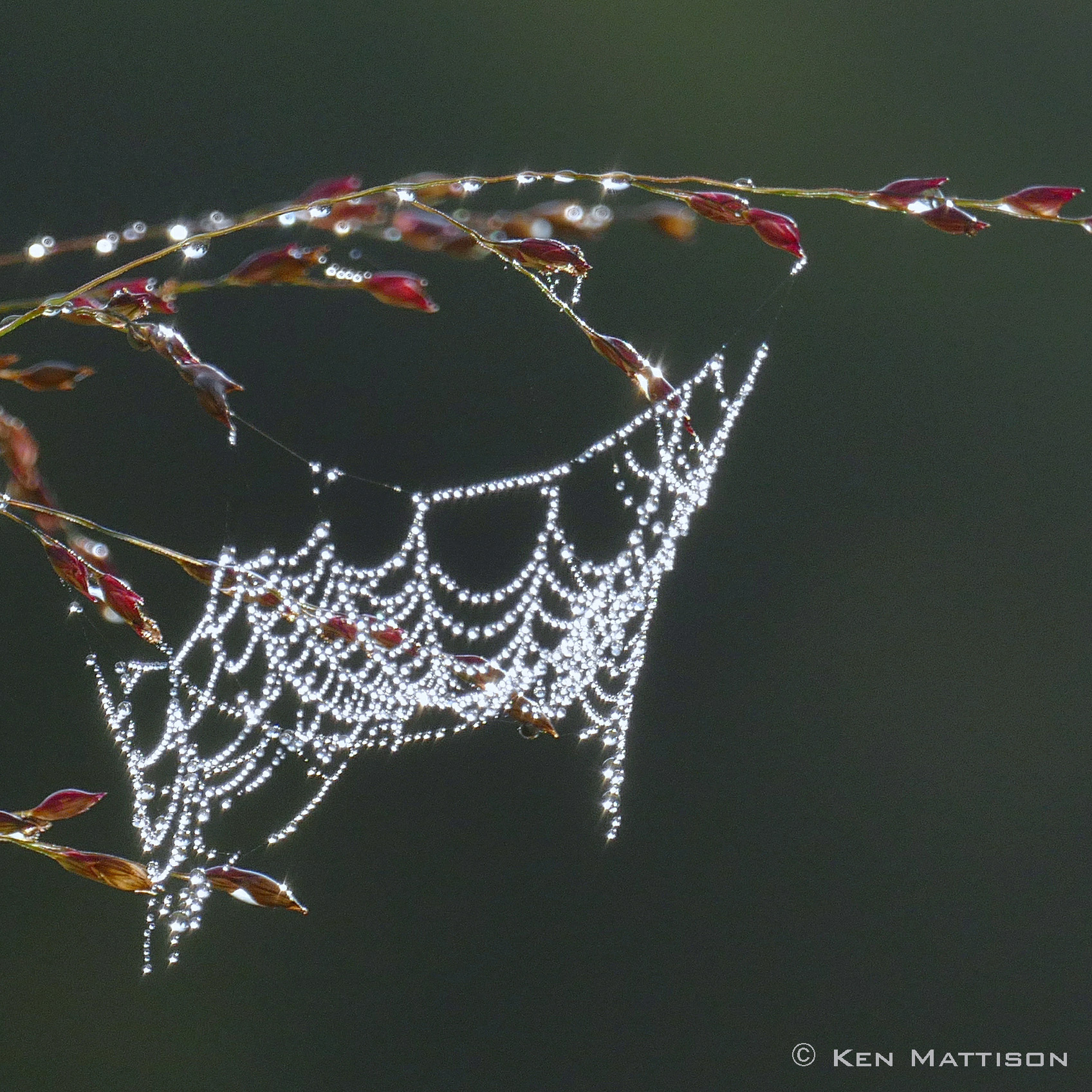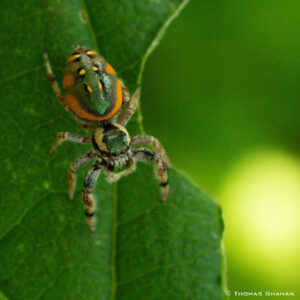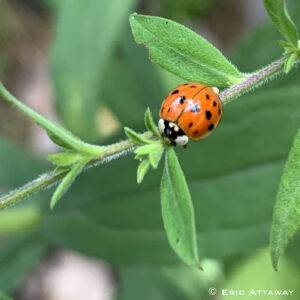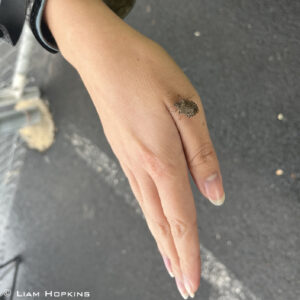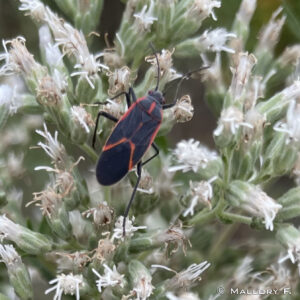This time of year we seem to notice more bugs* indoors. For some people this isn’t worrisome. For others, it may mean frantic googling to ensure you’re not seeing an unknown pest. In this article, we discuss 1) trustworthy sources of information about bugs in the home, 2) common bug misconceptions, and 3) which bugs you might see in your house this time of year.
Let’s get right down to it: pest control company websites are not good sources of information. Many are hoping to sell you a service. Some companies may state on their website that certain bugs are harmless, but a nuisance. This is an accurate statement (although, is the bug actively annoying you, or are they just standing on your wall 10 feet away?). However, these companies continue on to exaggerate the venom in spider bites (more on this later), rare allergic reactions, and inflate the idea that bugs are trying to “invade” your home (most are not). Additionally, I’ve found pest control companies that call some insects beetles that are clearly not beetles, and make false statements about native bee nesting behavior. Pest control’s expertise is in extermination, specifically of truly harmful pests. When it comes to harmless bugs, which is what you are likely finding in your house, they simply do not have good information.
The best place to learn about a bug in your house is through university and extension websites. These websites are created with a focus of educating the public, not selling services. If you look through these websites and can’t find information about your specific bug, Iowa State University offers free photo identification through their Plant and Insect Diagnostic Clinic, and their entomology department staff would probably be willing to receive bug photos through email as well. I would also recommend Chris Helzer’s blog and the Xerces Society. We do our best to provide accurate and interesting articles too!
Unfortunately, when you google “house bugs in winter”, pest control companies have paid to be the links that appear at the top of the return list. You’ll have to scroll down to get better sources to answer your question or add terms like “university” or “extension” to your search.
Common bug misconceptions
No, most bugs are not actively trying to enter your house. Bugs are adapted to thrive outside, and mostly wander in by accident or are brought in by you through clothing or wood for your fireplace. No offense, but most bugs think your home is a subpar habitat. Compared to the outdoors, your house is probably too dry (many bugs are prone to drying out, which is lethal to them). Secondly, your house has very little food in terms of dead leaves, other bugs, and plants. You may have indoor plants, but they are probably not what most bugs are adapted to eat. Lastly, many bugs in Iowa overwinter outside, near or in the ground, as larvae, eggs or pupae. The adult bugs you see are likely on their final days because most adult bugs in Iowa are not adapted to surviving winter. If they do overwinter as adults, they are likely slow, don’t eat much (if at all), and don’t reproduce. The best way to keep bugs out of your home is to caulk holes and cracks, check screens for holes, and fix any drafts in doors and windows. Many pest control companies boast about their pesticide treatments that “create a border/defense” around your house to keep all bugs out. This kind of broad treatment will also harm non-pest insects, such as next year’s fireflies (their juveniles overwinter in soil), ground-nesting bees, and other beneficial insects.
Bugs you may see around your house this winter
Spiders: Some spiders have the ability to bite, but most will not unless they are handled roughly. They are not “invading” your home. They may have been in your house for a while, but are now more active because it’s mating season. Another reason you may see them more is because your doors and windows were open thanks to the lovely fall weather, and they wandered inside. Serious reactions to spider bites are very rare. Even the brown recluse spider avoids people, and only 10% of people develop a reaction to their bite. Truly: 90% of people who are bit by brown recluses are completely fine, with no complications or problems. A quick iNaturalist search will show you how rare brown recluses and black widows are in Iowa. If a spider (or really any bug) bothers you, catch them and release them outside, or vacuum them up and empty your vacuum (minus the household waste) outside.
Multicolored Asian lady beetles (Harmonia axyridis): These beetles are not native to Iowa, though they look similar to many of our native species. They helped you in the garden all summer by eating aphids and other pests. Yes, they can nip if handled, but it feels like a small prick and leaves no resulting bump or itchiness. Like most bugs, they do not reproduce in homes. Lastly, don’t you think this is the cutest bug you could hope to find in your house? I’m always happy to find one inside when it’s cold out; it’s like a small piece of summer reappeared.
Brown marmorated stink bugs (Halyomorpha halys): These bugs are not native to Iowa, and may nibble on some indoor plants. Yes, they do seek warmth, but they want to stay outside, where they receive direct sunlight. If found indoors, know that they didn’t mean to find a gap in your window and wander in. I only get them when I don’t check outdoor plants before bringing them inside. These bugs only stink if you smash them, so be sure to catch and release them or vacuum them up. They will not reproduce/lay eggs during winter. I’ve never been bit or smelled anything foul by just removing them with my hands and tossing them out the door into some bushes.
Boxelder bugs (Boisea trivittata): Yes, they gather on the sunny sides of buildings for warmth, but that’s where they want to stay. Maybe when you opened your door two of them were swished inside. These bugs are great because they don’t bite, don’t harm plants, don’t eat human food, and do not reproduce during the winter. They don’t even harm the plants they’re famous for feeding on (boxelder and maple trees)! They have cool red lines and little red eyes, making them look like little superheroes or race cars, which I find quite endearing!
As the days get colder, try to be curious and more understanding when you find a bug unexpectedly in your house. They are not invading vermin; oftentimes they are friendly wanderers that found a crack near your window. Take some time to take pictures and learn about the bug before releasing it outside. You might learn something new, and it would be a nice reminder of summer during some of the drearier days of the year.
Support bugs this season by leaving your leaves, keeping your outdoor lights wildlife-friendly, and staying curious!
Other great sources to learn more about bugs are the University of Wisconsin’s Bug of the Week and the Missouri Department of Conservation.
Further reading: An article explaining a study by the California Academy of Sciences on the ecology of bugs found in homes (homes are likely a passive travel area for bugs, and not an attraction).

